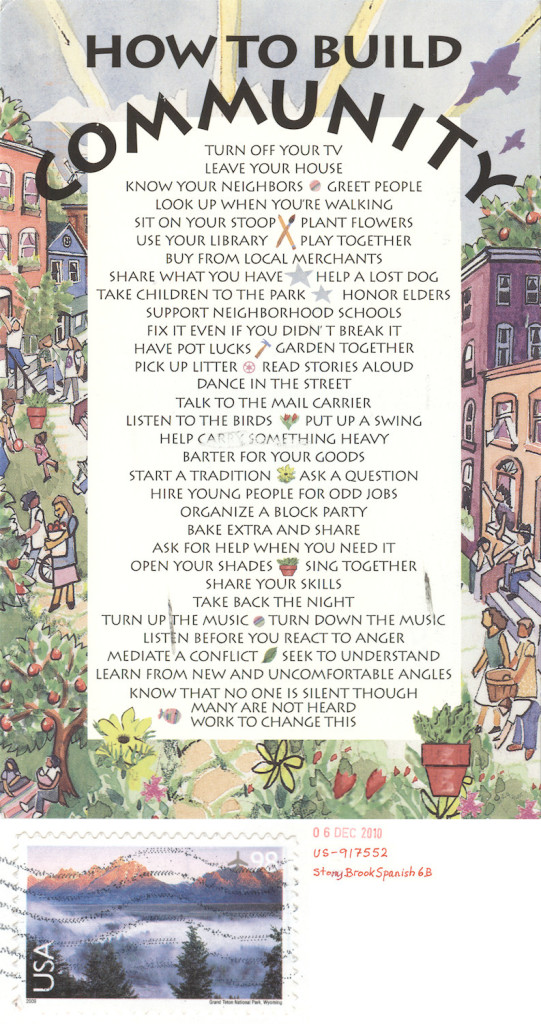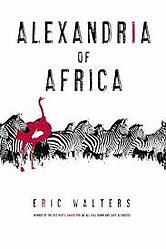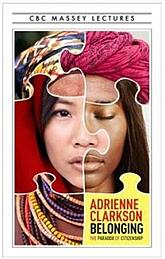Every year we ask our students to set goals. We teach students what it means to set reasonable or attainable goals. As teachers, we are also asked to consider “Big” questions, over-arching concepts that will guide our year and focus our teaching.
Every year I sit around a staff room table attempting to construct the exact phrasing for our complicated, intricate, and often overly worded Big question that spends the year glue gunned to our walls in hopes that our students will make the connection.
Teaching About Community
This year I have decided to take a step back from the complicated and return to a simple concept that I believe will not only change the lives of my students, but could in fact change the world. We are going to build community. My goal is to teach my students what it means to be a part of a community and to understand the different communities we are all a part of.
The process will begin with building an understanding of our classroom community, then move on to friends and family, finally building up to an awareness of the global community. Brainstorming and discussion will enhance the students’ understanding of their roles and responsibilities within these different groups. I want my students to understand the decisions they make matter, and that the outcomes of their decisions may have consequences many years later. I hope they begin to realize that even as individuals, they have responsibilities to the greater community.
I teach grade 7 students. A unique quality of this age group is that they are beginning to realize they may not always be living with their families and one day they will become responsible for themselves. This is why I love this age group - because I feel that if you can get them excited about social justice issues as they are developing a sense of personal responsibility and individual identity, they may keep that passion for their entire lives.
This is how I hope to create a community that cares about others, using a multidisciplinary approach that embeds civic learning into the curriculum:
Grade 7 Language: Alexandria of Africa
I will begin with the text “Alexandria of Africa” by Eric Walters. In this novel, a rich, young girl is sentenced to work with a school building organization in Africa, instead of doing jail time for a crime she has committed. The different communities in the novel are considered: Alexandria’s privileged community and the one she serves. Through identity charts, drama activities and discussions, we will explore Alexandria’s experience of community and her choice to participate in her community, then draw our own personal connections: What constitutes my classroom, friend, family, and global community? How do my choices impact others now and in the future?
Grade 7 Geography:
These activities will make connections to the grade 7 Geography curriculum which deals with the issues of water, natural resources, and climate. These issues lend easily to reflection on how individual choices can impact others. The goal is for students to begin making judgements by weighing the positives and negatives of their actions. My hope is to inspire students to consider how their actions impact others, in order to inform their decisions. As Alexandria reflects on her values, especially her judgement of people based on their appearance, she realizes what is truly important. She transforms from the selfish spoiled 15 year old into someone who will risk everything to help a friend in need.
Drama and Harmony: Adrienne Clarkson Massey Lecture Series
During Drama and Harmony classes, we will further explore and unpack these concepts using the CBC Adrienne Clarkson Massey lecture series on Ubuntu.
In my classroom, I will be using classroom/community job titles that will reinforce the idea that we are a community with responsibilities toward each other. For example, the person chosen to get the attendance and hand out materials each week will be called the Community Leader. I am also implementing a new weekly practice of community circles. My goal is to sit in a circle one period each week and debrief the previous week; it will be an opportunity to celebrate achievements or talk through some things that have happened using a restorative practice circle approach. We will begin by celebrating individuals who tried out for an extra curricular, met someone new, did really well on a class assignment, etc. Once we have developed trust within this community circle, I will use the community circle to discuss conflicts or behaviours occurring in the classroom as needed.
We hear every year how students’ connections with their teachers is important for academic and social success, and that liking your teachers can have a positive impact on the school experience. But what about students’ connection with their peers? School can be a difficult time especially if you feel alone. How much better would school be if you not only felt connected to your teacher, but also to the 25 individuals in the room? How would a student feel with a sense of belonging a sense of community? My community circles will follow a philosophy I believe is important for communities to flourish: To meet regularly so we can stay connected.
What strategies do you have for creating community? What obstacles have you faced and how did you overcome them? What resources would you suggest for building a classroom community?




